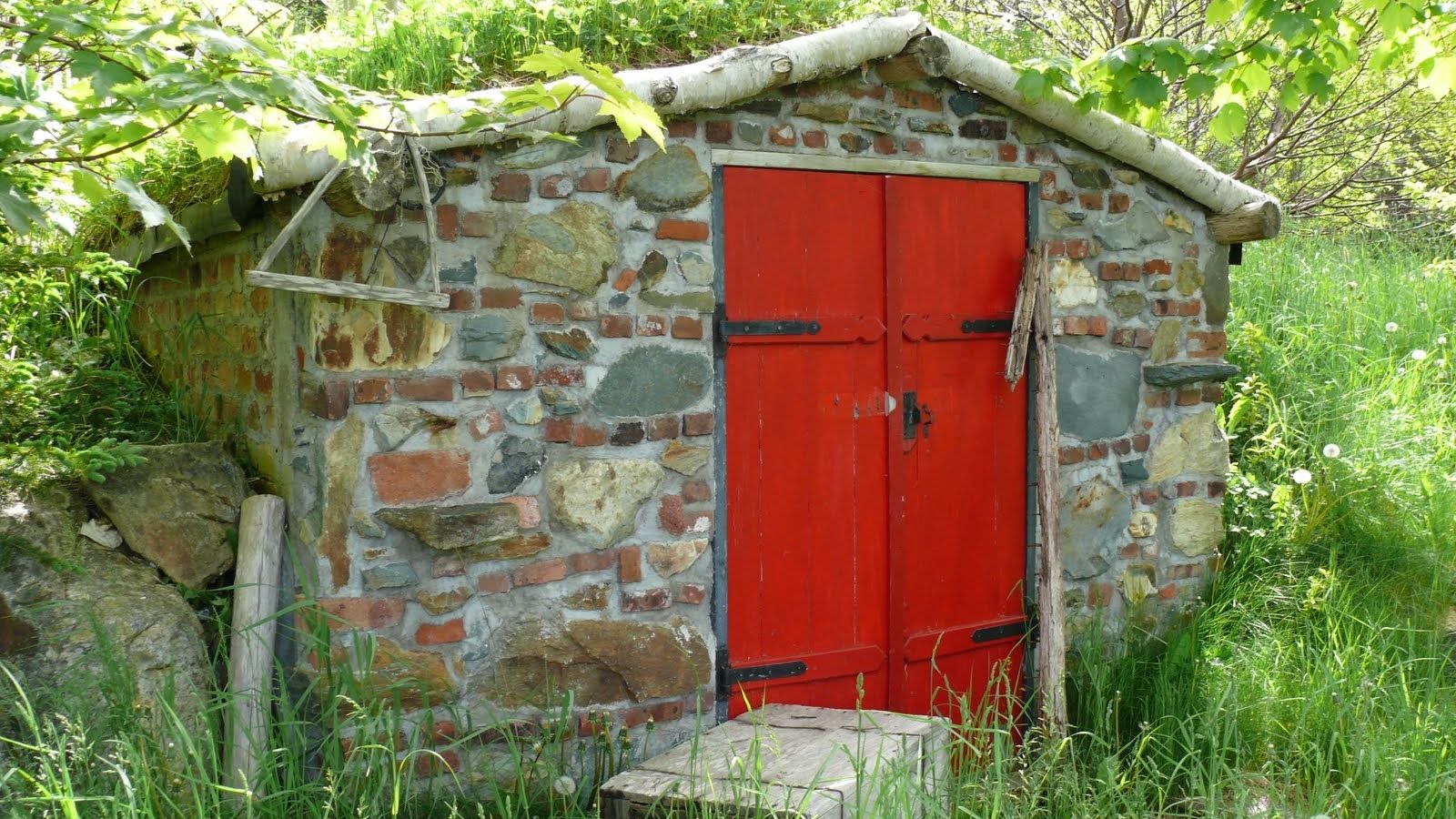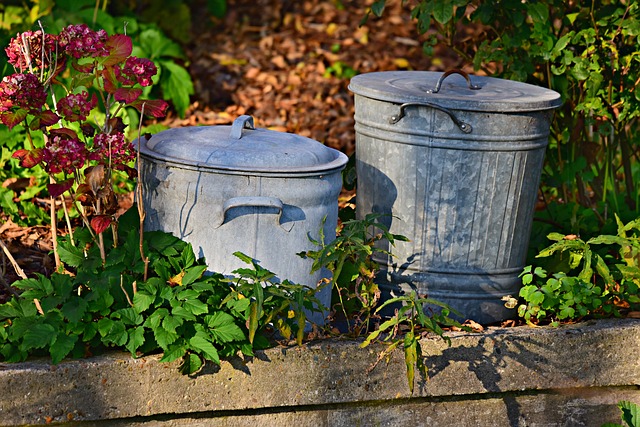
The Great Root Cellar Debate - Above Ground Vs. Below
Above Ground Vs. Below Ground You might be asking, what is a root cellar? Wiki says a root cellar is “a structure, usually underground or partially underground, used for storage of vegetables, fruits, nuts, or other foods. “Dig a deep enough hole, and you’ll find that the ground is cool (and often moist). Root cellars tap into those cool, moist soil conditions and use them to store fruits and vegetables – like your refrigerator produce bin. But, that doesn't mean all cellars are below ground. Yes, you can have an above ground root cellar. Above Ground Root Cellars Above ground root cellars are usually partly sunken with earth mounded on 3 sides and the door avoiding the direct sun. For a great resource on building a homestead root cellar, check out the book below by my friend, Teri, of Homestead Honey.Select an area with an existing window if possible, and use the window for ventilation. Fill the window with exterior grade plywood, and cut the necessary vent holes through the plywood. The plywood also blocks direct light.North facing corners work well, because you can leave the two exterior walls uninsulated, and only insulate the interior walls and ceiling. A north facing wall won’t gain heat from
read more →
What is a Root Cellar and Do I Need One?
On This Page How to Store Vegetables A Cellar to Root For How to Build a Root Cellar How to Store Vegetables There are many different ways that a root cellar can be used and items that can be placed inside – from produce to medicine. Root vegetables like: carrots, turnips, beets, parsnips, potatoes, and other root vegetables are what are best stored in a root cellar. So the next time you find a great price on can time, you can stockpile. Think canned food, medicine, produce, and tools as great options. It can be used a shelter from tornadoes, or a place of safety in a time of emergency. Technically, a root cellar is any storage location that uses the natural cooling, insulating, and humidifying properties of the earth. Whether you stock a root cellar with your own homegrown produce or the bounty from local farmers’ market, it’s a time-tested storage method. Root vegetables such as carrots , potatoes , beets , parsnips , rutabagas , and turnips are typically stored in a root cellar. The environment is ideal for storing jars of canned or pickled vegetables and the
read more →
Trash Can Root Cellars To The Rescue
On This Page The Trash Can Root Cellar The Basement Root Cellar Best Sites for Root Cellars The Trash Can Root Cellar A simple, inexpensive way to store small quantities of vegetables is to use a trash can as a root cellar. You will need to dig a hole deep enough to fit nearly the entire trash can. Buy a galvanized steel trash can and drill holes into the bottom of it (to allow moisture from the surrounding soil into the can). Put the can into the hole, with about three to four inches of it sticking up above the surface of the ground. Plop in the vegetables and secure the lid (you might need to bungee it closed if you have raccoons). Top with a 12-inch layer of straw or leaves and a tarp. Once upon a time, root cellars were the only way people had to preserve their food. These wonderful cold-storage areas became less common when refrigerators became affordable. Houses were no longer automatically built with a root cellar beneath or nearby. A root cellar is still a great way to store fruits and vegetables, though,
read more →
Root Cellar Concepts To Consider
On This Page Atypical Root Cellars Can I convert a cement silo into a root cellar? Basement root cellar ventilation When you say the root cellar Found a root cellar Atypical Root Cellars Okay, when i tell you this cellar is unique and gorgeous, please understand that this cellar is unique and gorgeous. They begin building it like all of the other in ground cinder block root cellars. But what makes this one so different is that they finish it out with gorgeous décor. And instead of having a basic door to enter it, think again. They offer a sliding glass door in the ground with a spiral staircase. How did great grandma survive without a refrigerator? she used a hand-built root cellar and was able to live quite well. My friend, kathleen kay, shares exactly how life was before refrigerators. I share “grandma’s ways,” with her permission. “have you ever wondered how grandma ever functioned without electricity? … let’s start with root cellars. We had one out on the ranch. It had been dug down into the ground about 7 or 8 feet. The sides were reinforced
read more →
What Kind Of Root Cellar Do You Need?
On This Page Root Cellars: Types and Storage Tips Which Type of Root Cellar is Right for You? What Is a Root Cellar? Root Cellars: Handle Your Harvest Root Cellars: Types and Storage Tips The ideal root cellar is a cool, moist, underground space for long-term storage of vegetables, fruits and even meats and cheeses. Although root cellars have been used since pre-historic times, people these days are renovating their homes or building new root cellars from scratch. There are three main types of root cellars, plus several methods of preserving produce right in the garden over winter with no cellar at all. Depending on your time, energy, and funds, there are two main types of root cellars to choose from: small and large. Small underground food storage systems primarily consist of buried containers, while larger setups typically include a separate building. So let’s start with the quick, down, and dirty option first; the small buried root cellar container. By lars drecker as the late-receding winter chill turns to summer heat, many folks will be looking for a way to preserve the fruits and vegetables that will soon
read more →